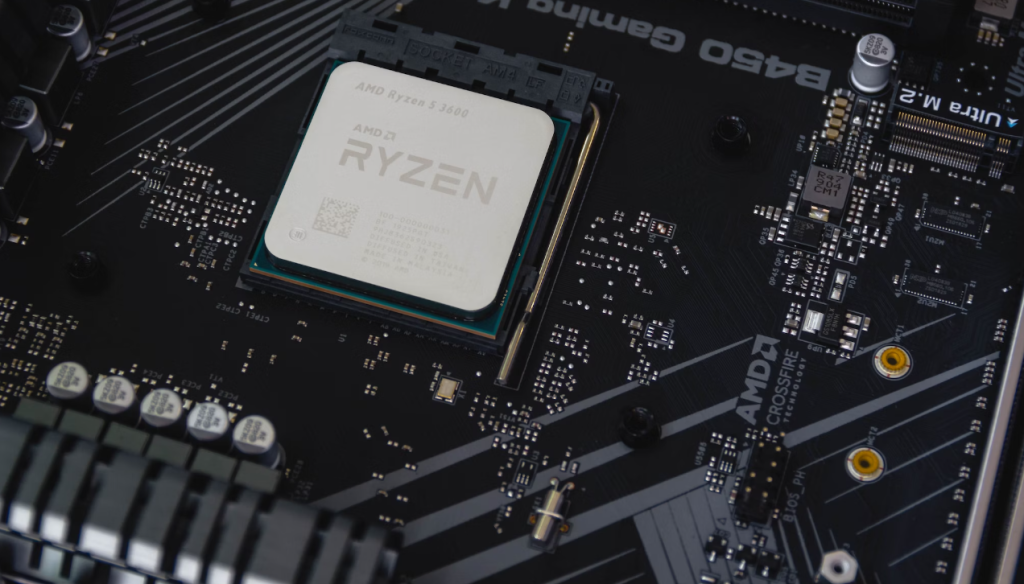In a remarkable turn of events, China’s semiconductor industry defied expectations in 2023, achieving impressive growth amidst global challenges. According to data from China’s National Bureau of Statistics (NBS), the country’s integrated circuit (IC) output surged by an impressive 6.9%, reaching a record 351.4 billion ICs, up from 324.2 billion in 2022. This unexpected success, however, does not overshadow the complex landscape the industry navigated throughout the year.
One of the key contributors to this growth was China’s resilient response to post-pandemic economic recovery. Despite initial concerns, the semiconductor sector displayed remarkable strength, adapting to evolving market dynamics. The 6.9% increase in IC output underscored the industry’s ability to weather challenges and capitalize on emerging opportunities.

Semiconductor Manufacturing International Corp (SMIC), China’s leading foundry, did face challenges in 2023, reporting a 24% decline in wafer shipments and a drop in capacity utilization to 74%. This decline was attributed to reduced demand from key sectors such as smartphones and automobiles. Hua Hong Semiconductor, the second-largest foundry in China, also experienced a temporary setback with a 0.79% year-on-year drop in revenue and a dip in capacity utilization in the third quarter.
Despite these specific challenges, China’s semiconductor industry demonstrated resilience and adaptability in the face of adversity. Analysts now predict a positive trajectory for the industry, with signs of recovery expected in the second quarter of 2024. The Semiconductor foundry capacity utilization rates, which experienced downward pressure, are anticipated to rebound, bringing the industry back to a healthier equilibrium.
Trade statistics for 2023 revealed mixed results, with China exporting 267.8 billion ICs worth US$135.9 billion, slightly lower in volume but demonstrating a robust performance. Import figures, while lower in volume and value, did not significantly hinder the overall growth momentum of the industry.
Global tensions, particularly between the US and China, did pose challenges, with export bans and trade controls on certain semiconductor types affecting China’s access to advanced technologies. However, the industry’s proactive measures, coupled with a strategic focus on self-sufficiency, helped mitigate potential disruptions.
China’s increased semiconductor equipment imports, including a 93% surge in chip-making equipment imports in Q3 2023, reflected the nation’s commitment to reducing dependence on external sources. Initiatives like “Made in China 2025,” tax exemptions and substantial investments underscored China’s dedication to achieving semiconductor self-sufficiency.
China’s semiconductor industry not only met but exceeded expectations in 2023, showcasing robust growth and resilience in the face of global challenges. As the industry anticipates further recovery in 2024, the narrative shifts towards a positive outlook, emphasizing the sector’s ability to thrive in a rapidly evolving landscape.
Related:
- Huawei on track for near-$100 billion revenue in 2023, defying US sanctions
- SMIC is reportedly working on 3nm process technology despite US sanctions
- Chinese Startup Moore Threads Defies US Sanctions with New GPU-Based AI Center
- (via)







